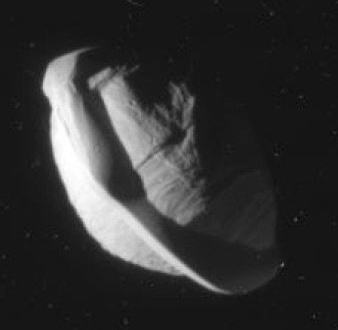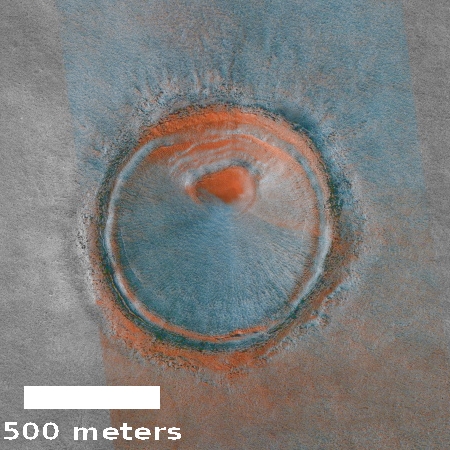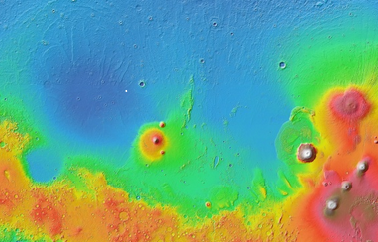Mars helicopter completes first test flight
The small helicopter that will fly autonomously as part of the Mars 2020 rover mission has successfully completed its first test flights here on Earth.
“We only required a 2-inch (5-centimeter) hover to obtain all the data sets needed to confirm that our Mars helicopter flies autonomously as designed in a thin Mars-like atmosphere; there was no need to go higher. It was a heck of a first flight,” [said Teddy Tzanetos, test conductor for the Mars Helicopter at JPL.]
The Mars Helicopter’s first flight was followed up by a second in the vacuum chamber the following day. Logging a grand total of one minute of flight time at an altitude of 2 inches (5 centimeters), more than 1,500 individual pieces of carbon fiber, flight-grade aluminum, silicon, copper, foil and foam have proven that they can work together as a cohesive unit.
This helicopter drone is a technology experiment, more focused on testing helicopter flying on Mars that doing science. If it proves to work, it will open up a whole new unmanned option for exploring the Martian surface. Imagine a helicopter that takes short hops from point to point. It will be able to reach locations a rover never could, and do it faster.
The small helicopter that will fly autonomously as part of the Mars 2020 rover mission has successfully completed its first test flights here on Earth.
“We only required a 2-inch (5-centimeter) hover to obtain all the data sets needed to confirm that our Mars helicopter flies autonomously as designed in a thin Mars-like atmosphere; there was no need to go higher. It was a heck of a first flight,” [said Teddy Tzanetos, test conductor for the Mars Helicopter at JPL.]
The Mars Helicopter’s first flight was followed up by a second in the vacuum chamber the following day. Logging a grand total of one minute of flight time at an altitude of 2 inches (5 centimeters), more than 1,500 individual pieces of carbon fiber, flight-grade aluminum, silicon, copper, foil and foam have proven that they can work together as a cohesive unit.
This helicopter drone is a technology experiment, more focused on testing helicopter flying on Mars that doing science. If it proves to work, it will open up a whole new unmanned option for exploring the Martian surface. Imagine a helicopter that takes short hops from point to point. It will be able to reach locations a rover never could, and do it faster.








